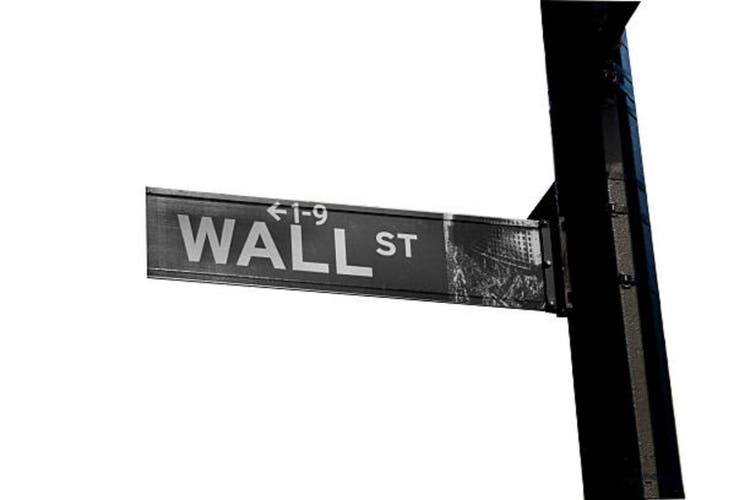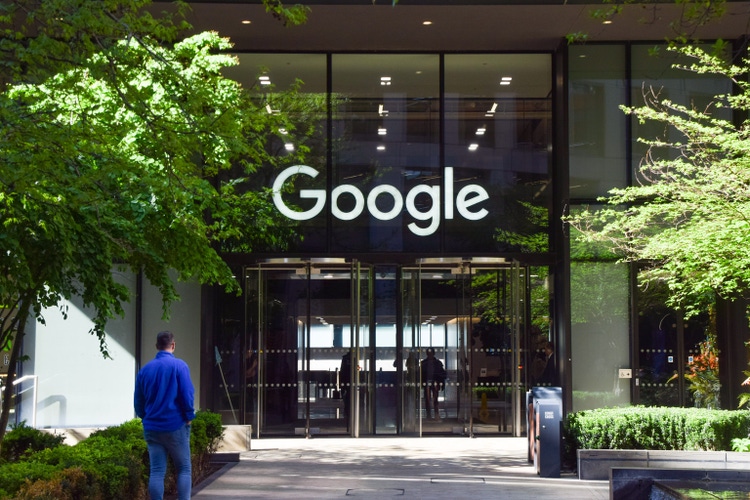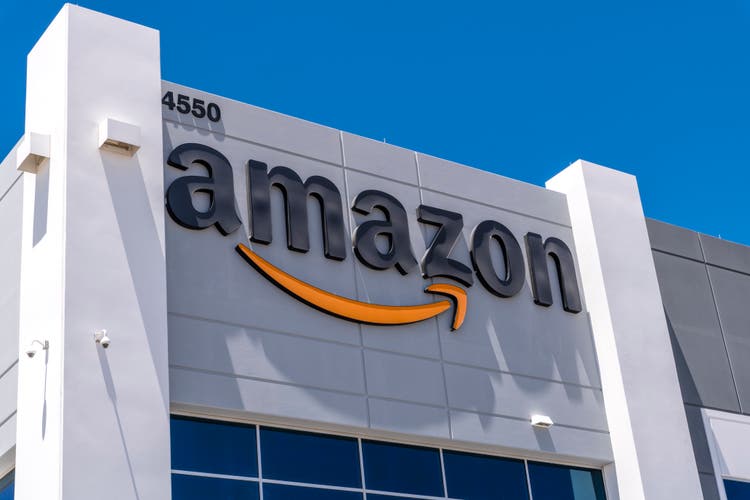Few large retailers have been through the wringer as much as Kohl’s over the last few years. Most dramatically, in April, it fired its CEO for trying to steer company business to his girlfriend, precipitating its third CEO transition in as many years. But more importantly, Kohl’s has been losing sales for years, with one turnaround attempt after another falling short of restoring a once-beloved retailer.
So on Wednesday, shares shot up 20% when Kohl’s had a rare piece of good news to share with Wall Street: a much better than expected adjusted profit, thanks to cost discipline and leaner inventory, that lead it to raise its full year forecast. Clearly investors will take victories where they can find them, because victories have been far and few between for the chain. (Shares have only recovered slightly from 30 years-lows hit this spring.)
What’s more, the big stock pop is large part because about one-third of Kohl’s shares are held short and the stock was a meme recently, making it very susceptible to speculative trading.
The fact remains that Kohl’s is struggling: Net sales fell 5.1% in the quarter ended August 2 and are still expected to fall for the year between 5% and 6%, slightly less awful than the 5% to 7% range in its previous forecast. Kohl’s has lost millions of customers and its business is 20% smaller than it was in 2019, while T.J. Maxx, Walmart and Target are much larger now. Last year, Kohl’s saw sales in every category it sells, except for the Sephora shops, fall by a double-digit percentage.
Interim CEO Michael Bender, a Kohl’s director, took the reins in May after Ashley Buchanan was ousted three months into his job. (It won’t be surprising if Kohl’s drops the “interim” soon, assuming Bender wants the job permanently—it seems unlikely the company wants to carry out yet another CEO search.)
Bender has his work cut out for him. The cost cuts and tight inventory, which protect margins against having to discount merchandise Kohl’s doesn’t end up selling, is giving Kohl’s breathing room financially to take another stab at turning itself around. But some of the moves Kohl’s has made to protect profits can in fact hurt sales. Lower inventory helps margins by reducing how much merchandise gets discounted if it’s not catching on with shoppers but it can also mean lost sales and visually unappealing empty shelves. Leaner staffing means lower costs but can also mean messier stores, and long waits to check out that can frustrate a shopper and foment low morale among employees.
“It’s not that that management lacks the will to improve or the desire for change. The challenge lies in an inability to execute at an operational level,” says GlobalData managing director Neil Saunders.
New CEO, new opportunity
Bender, a director since 2019 and a retail executive who had CEO of optical retailer Eyemart Express a few years ago, has been able to settle in quickly thanks to his knowledge of Kohl’s inner workings. In Kohl’s May earnings call, Bender was only four weeks into the job and deferred to his CFO to drill down into first quarter details.
But on Wednesday’s call, he laid out his three-pronged strategy to win back Kohl’s customers. The first priority is a renewed focus on what Kohl’s loyalists gravitate to, like petites clothing and jewelry, and de-emphasizing categories aimed at winning new customers like some of its home goods.
“We know our customers come to Kohl’s with an expectation that we will deliver the products they need for themselves, their families and their home,” Bender said on a conference call.
Bender also said that because of the economy, customers were gravitating more toward “value,” retail industry parlance for lower priced items. To that end, Kohl’s is working to revitalize some of its store brands, which offer lower prices and higher margins if shoppers take to them. (Kohl’s has been trying for years to re-energize its private brand business to mixed results.) Also, Kohl’s will allow customers to use coupons for a wider range of the items it sells.
Acknowledging what has been obvious to visitors to Kohl’s stores for a while—that they can be chaotic and blah—the company is aiming to improve the visual experience inside its locations. “We know we currently have an inconsistent in-store experience without a unifying point of view of what we want the customer to feel when they walk in the store,” Bender said.
Earlier this year, Kohl’s cut its dividend 75% to conserve money and this week, Bloomberg reported Kohl’s was asking for more time to pay some vendors, so it’s an open question of how much Kohl’s can spend on its turnaround. Also some of the moves Bender touted to make stores more appealing by using mannequins to showcase clothes are really just basic retail—even Walmart, which has vastly spruced up its apparel offering—uses mannequins now.
Though there were some reasons for optimism in Kohl’s report on Wednesday—comparable sales were unchanged in July—the Kohl’s saga remains a show-me story. As CEO, Bender struck many of the right notes that investors and employees alike want to hear: more clarity in the measures and direction the company is taking, something its battered workforce is surely craving after years of business turmoil and C-suite churn.
“We know that our route to long-term success for this business is to get back to growth,” Bender said on the earnings call. “Everything you’ve heard from us certainly is directed at that intention.”
This story was originally featured on Fortune.com

 3 hours ago
1
3 hours ago
1




















 English (US) ·
English (US) ·